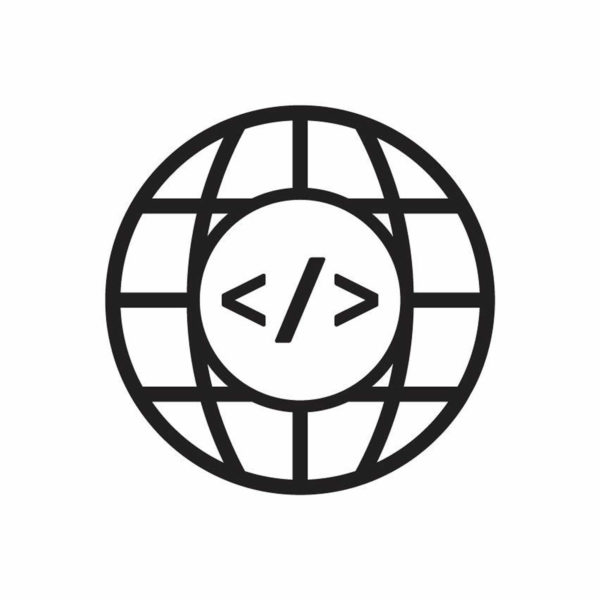Tynker’s new curriculum now available for rollout by K-12 science, math, and computer science teachers Across North America
Tynker, provider of creative computing that has introduced more than 32 million kids to computer programming through innovative game-like learning activities and courses, announced a new curriculum for high schools across the U.S. and Canada.
The new 2016 curriculum adds 3 new Javascript courses, 12 STEM programming courses, and a course on drone programming in partnership with Parrot, one of the world’s leading civil drone companies.
“To date, over 32 million kids have been introduced to computer programming through our online courses, apps, and in-class teaching platform. We’ve had significant demand to expand into STEM subjects and makerspace arenas, so it’s incredibly rewarding to be able to offer these exciting new courses,” said Krishna Vedati, CEO and Co-founder of Tynker. “We hope that our new upper level courses in Javascript, STEM, and drones will inspire an even greater number of students to embrace coding as a path to enhancing their learning and careers.”
Only 25 percent of all US schools are currently teaching Computer Science in the classroom, but there is a growing movement led by parents, the private sector, and the government to expand coding education. In response to this growing need, Tynker’s comprehensive, fun, game-based curriculum has been used by more than 50,000 schools to introduce students to computer programming.
Tynker’s Drone Curriculum
Tynker’s drone curriculum offers a structured approach to get elementary and middle school students flying drones in minutes. Students practice their drone flying skills in a virtual environment before they are ready to execute the commands on a real drone.
“Who doesn’t want to program and create great applications for their own dronetheir own drone?” says Jerome Bouvard, Education Program Director, Parrot. “We are really excited to collaborate with Tynker, the leader in teaching kids to code, and create a learning platform that will inspire students of all ages to innovate and build the next generation of useful applications with drones, not yet imagined.”
The curriculum includes 10 scaffolded lessons and introduces kids to safe and fun drone-flying as well as relevant programming concepts as they complete fun missions such as:
- Program a drone’s flight path from takeoff to landing
- Build a drone controller to control a drone in real time
- Program flips, turns and other stunts
- Integrate loops and variables to make geometric patterns
- Code games such as Flappy Drone and drone racing
- Take an aerial picture and share it with your class
Each lesson has a detailed teacher guide, main concepts and collaborative ideas, mapping to applicable standards, sample working programs, interactive tutorials, and applications to real-world issues.
STEM Courses and Project-Based Learning
Tynker’s STEM and PBL courses challenge students with real-world problems in all subjects, including Mathematics, Earth Sciences, Life Sciences, Physical Sciences, Social Studies, and Language Arts.
Students and teachers can choose a specific problem or subject area they are passionate about, and Tynker’s STEM lesson modules provide a framework for them to collaborate, experiment, and apply concepts and skills they have learned to solve that problem and share results with the class.
“The implementation of Tynker coding and the STEM and project-based lessons has led to an amazing shift in our students’ engagement in all grades,” says Jenny Anderson, STEM Coordinator at the Casita Elementary School in Vista Unified School District. “Before, students weren’t as eager to learn, but now we see deeper engagement in Math and Science as they build games using Tynker’s STEM coding lessons.”
12 STEM courses are included for grades 3-8. Activities are aligned with standards recommended by NGSS, NCSS, and CCSS[AM1] . Examples of STEM activities include:
- Simulate the greenhouse effect and show how it causes climate change
- Program a game where the player sorts words based on their part of speech
- Experiment with a coin toss to understand randomness and probability
- Diagram ancient trading routes or migration patterns
- Code a game where you match equivalent fractions
Javascript Courses
Tynker’s JavaScript courses are specially designed to bridge young learners from visual block-based programming to mainstream text-based coding with syntax and structure. Introduction to JavaScript is an immersive adventure where students solve coding puzzles, complete debugging quests and build projects as they apply their coding skills to the test. The other courses will focus on game and app design where students will learn various aspects of programming as they build a collection of fun games using JavaScript.
The drone, STEM and Javascript courses will be widely available for schools in August 2016.
- Friday 5: Universal Design for Learning - April 19, 2024
- Educators love their edtech, but want more training - April 18, 2024
- Friday 5: College and career readiness - April 12, 2024


